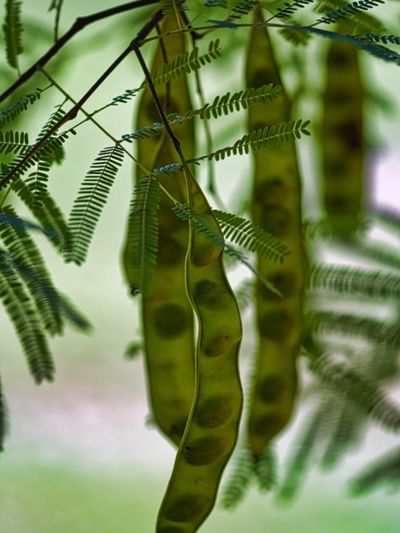How to Grow Mesquite from Seed
Plant propagation by amateur gardeners is an interesting way to develop new plants and enhance your garden expertise. Sowing mesquite seeds for intentional propagation requires some specific steps to enhance germination. In the wild, any animal who eats a bean pod will spread the seed, and the animal’s digestive tract provides the necessary treatment to break embryo dormancy. For the home gardener, additional treatment will be necessary. Many experts state that growing mesquite from seed is the hardest way to propagate the plant. Air layering or propagation through grafting are common commercial methods. For mesquite seeds, the maximum germination occurs at temperatures of 80 to 85 degrees Fahrenheit (27-29 C.). The seed does not need light to germinate but does best under 0.2 inches (0.5 cm.) of soil. Seedlings do need light to grow and soil temperatures of at least 77 degrees Fahrenheit (25 C.). Scarification of the seed and a soak in sulfuric acid or horticultural vinegar enhances cotyledon emergence.
Enhancing Mesquite Seed Germination
Seeds need to be scarred with a knife or file to wound the hard exterior. Next, a 15 to 30 minute soak in sulfuric acid or in a strong vinegar solution will help soften the hard seed exterior. Another treatment that may help is stratification. Wrap seeds in moist sphagnum moss in a plastic bag or container and place them in the refrigerator for eight weeks. This is a common method of stimulation the emergence of the embryo. While it may not be necessary, it will not hurt the seeds and may encourage seedling emergence. Once all treatments have been completed, it is time for sowing mesquite seeds.
When to Plant Mesquite Seeds
Timing is everything when planting. If you are planting seeds directly outside in containers or a prepared bed, sow seed in spring. Seeds started indoors can be planted at any time but require a warm area to germinate and grow on. Another trick to ensure germination is to wrap the seeds in moist paper towels for a week. The seeds should send out little sprouts in about that time. Then install the sprouts in a mixture of sand and sphagnum moss that has been lightly moistened. Depending upon the cultivar, many growers have experienced success just by planting seeds, untreated in potting soil. However, since some cultivar seeds are resistant, following the treatment plan outlined will not harm seeds and will prevent much of the frustration associated with these resistant varieties.
